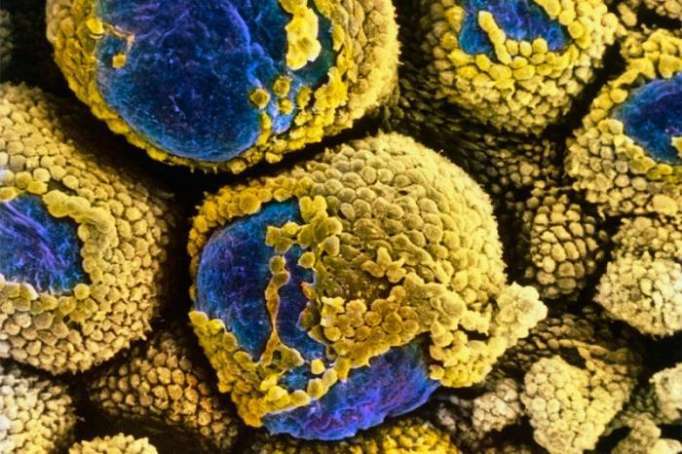Polycystic ovary syndrome affects up to one in five women worldwide, three-quarters of whom struggle to fall pregnant. The condition is typically characterised by high levels of testosterone, ovarian cysts, irregular menstrual cycles, and problems regulating sugar, but the causes have long been a mystery. “It’s by far the most common hormonal condition affecting women of reproductive age but it hasn’t received a lot of attention,” says Robert Norman at the University of Adelaide in Australia.
Treatments are available for helping affected women get pregnant, but their success rates are typically less than 30 per cent across five menstrual cycles.
Womb changes
Now, Paolo Giacobini at the French National Institute of Health and Medical Research and his colleagues have found that the syndrome may be triggered before birth by excess exposure in the womb to a hormone called anti-Müllerianhormone.
The researchers discovered that pregnant women with polycystic ovary syndrome have 30 per cent higher levels of anti-Müllerian hormone than normal. Since the syndrome is known to run in families, they wondered if this hormonal imbalance in pregnancy might induce the same condition in their daughters.
To test this idea, they injected excess anti-Müllerian hormone into pregnant mice. As their female offspring grew up, they displayed many of the hallmarks of polycystic ovary syndrome, including later puberty, infrequent ovulation, delays in falling pregnant, and fewer offspring.
The excess hormone seemed to trigger this effect by overstimulating a set of brain cells that raise the level of testosterone.
Cure in mice
The team were able to reverse this effect in the mice using cetrorelix, an IVF drug routinely used to control women’s hormones. After treatment with this drug, the mice stopped showing symptoms of polycystic ovary syndrome.
The team is now planning a clinical trial of cetrorelix in women with the condition, which they hope to start before the end of the year. “It could be an attractive strategy to restore ovulation and eventually increase the pregnancy rate in these women,” says Giacobini.
“It’s a radical new way of thinking about polycystic ovary syndrome and opens up a whole range of opportunities for further investigation,” says Norman.
If the syndrome is indeed passed from mothers to daughters via hormones in the womb, that could explain why it’s been so hard to pinpoint any genetic cause of the disorder, says Norman. “It’s something we’ve been stuck on for a long time,” he says.
The findings may also explain why women with the syndrome seem to get pregnant more easily in their late 30s and early 40s, says Norman. Anti-Müllerian hormone levels are known to decline with age, usually signalling reduced fertility. But in women who start out with high levels, age-related declines may bring them into the normal fertility range – although this still needs to be tested, says Norman.
New Scientist
More about: health






















-1745485667.jpg&h=190&w=280&zc=1&q=100)

























